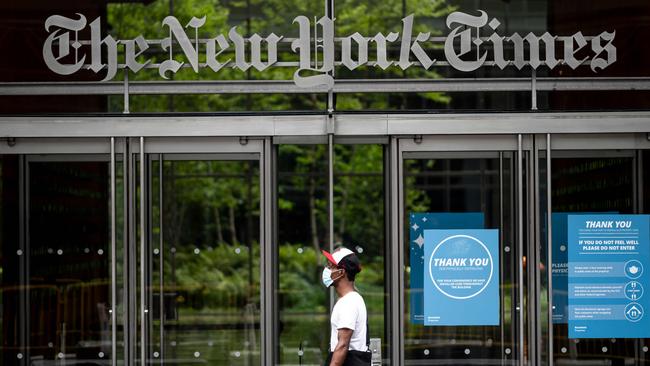
It was a video of US filmmaker Ami Horowitz interviewing young white New Yorkers about obesity in the African-American community. All those interviewed blame white racism for over-eating by black people.
Horowitz then goes to Harlem to interview black people, a few of whom are overweight. None agree with the racism proposition. His last subject, a well dressed, fit-looking young man, nails the problem: isn’t the question racist, implying this man has no personal responsibility for his own health?
The idea of white guilt has been taken to extremes by the Black Lives Matter movement after the death of George Floyd in Minneapolis in May last year. But a new book about the US media shows how big a role journalism, and particularly the reporting of The New York Times, has played in the cult of privileged white self-flagellation now known globally as wokeness.
The book, Bad News: How Woke Media is Undermining Democracy, is by Batya Ungar-Sargon, the deputy opinion editor of Newsweek magazine. Analysing what’s gone wrong at the Times, it makes many of the points this column did on February 22 in a piece headlined ‘‘Tail wags dog as New York Times Twitter warriors call shots over editors’’.
That column described the sacking of Times science writer Donald McNeil after a Twitter pile-on by 150 of the Times’s own staff. McNeil had won a national African American journalism prize in 2002.
The Times made its digital transition work by rapidly building subscription revenue with its hostile coverage of former President Trump. But when it became clear the Trump-Russia collusion story was a hoax, NYT executive editor Dean Baquet used BLM hysteria to embark on the paper’s 1619 project, which casts the US as a nation built on racism.
Ungar-Sargon shows how Times journalists have used Twitter to build audiences for their stories but also used it to enforce an ideological line at the paper: hence the departure last year of Bari Weiss, a brilliant young contrarian writer who had been hired to bring some pluralism to the paper’s opinion sections. The newspaper’s readership is now more than 90 per cent Democrat-voting, and almost exclusively white.
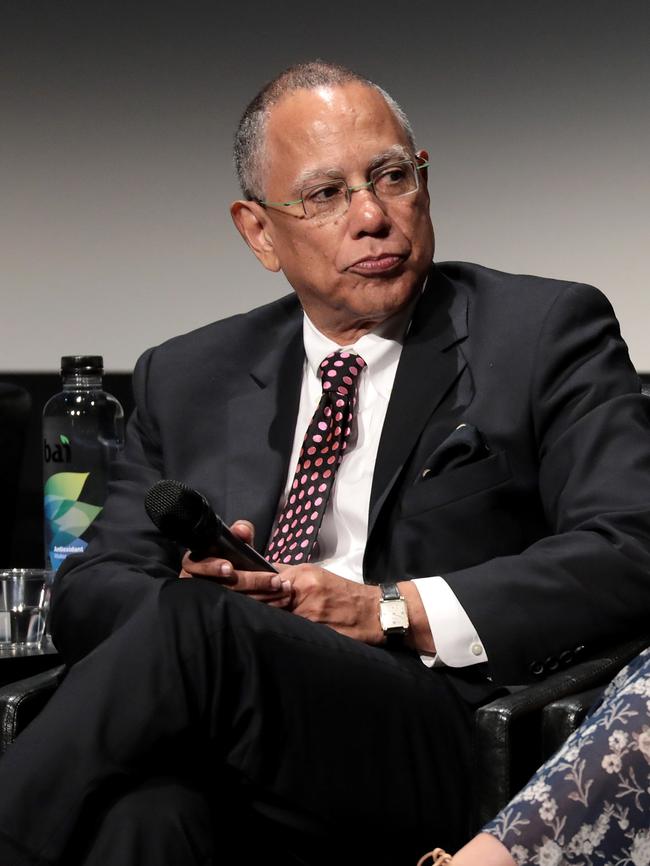
Ungar-Sargon charts changing fashions in US journalism since the days of Joseph Pulitzer in the 19th century when the best reporters were motivated by a desire to champion the underdog. Today’s Times has lost many of its most experienced staff in waves of redundancies since 2012. They have been replaced by younger, highly educated journalists who have done little real reporting but are digitally savvy.
Newly minted from university courses dominated by the power dynamics theories of French philosopher Jacques Derrida, these young reporters are much less interested in reporting objective truth in a balanced way than they are in applying the lessons of critical race theory they have absorbed in their undergraduate degrees.
Readers interested in the wider influence of this kind of postmodern thinking on US and Australian universities can find an excellent piece here by Luke Slattery on June 27, 2020. Slattery notes the irony of Derrida’s immense US influence but almost zero impact in his native France.
Bad News describes the campaigning of this new class of journalists as a kind of moral self-justification to compensate for the high wages and political power they enjoy on one of the world’s most influential newspapers. Like executives from big tech companies, they live privileged lifestyles and have no real understanding of working class Americans, white or black. “The fact is journalism has become a profession of astonishing privilege … metamorphosing from a blue collar trade into one of the occupations with the most highly educated workforces in the United States. And along with this … has come the radicalisation of the profession on questions of identity.”
The book includes several tables and charts to show that on most measures, actual racism in the US has been declining and the number of black media consumers engaging with this kind of elite newspaper coverage remains tiny. Several black writers are quoted on both points, and the reader is left with the clear impression that, like Twitter itself, much of this journalism is about moral posturing by the journalist or tweeter concerned.
Ungar-Sargon quotes author and entrepreneur Kmele Foster whose mum was Jamaican but who identifies as racially agnostic.
“I think conditioning yourself to believe that the whole country or the whole of a particular race are at all times and in general disposed to think of you as a racial entity, as opposed to a human … that’s probably to your disadvantage.”
Says author Thomas Chatterton Williams: “Hard work is racist. That’s what white people say. But you don’t hear black people say hard work is racist.”
Williams says there is a “sublimated racism in wokeness”.
“There’s a way that white liberals can still indulge feelings of superiority … as if all evil comes from them. They have to help black people because black people are lower.”
Ungar-Sargon’s analysis is from the left and based on what she believes is modern journalism’s drift away from concerns about class issues, and specifically poverty, crime and unemployment. While not defending Fox News or its founder Rupert Murdoch, Bad News does account for that network’s success by arguing conservative media often have more respect for the working class and its traditional values than elite left wing media.
Here her analysis resembles that of David Goodhart, the former editor of the UK magazine Prospect. Goodhart described the divide between two classes of British workers: the “somewheres” rooted in traditional jobs and communities, and the “anywheres” – knowledge workers in new industries who could work anywhere in the world and whose global values are antithetical to the traditional values of the somewheres. In the UK, the somewheres supported Brexit and in the US they backed Trump.
Ungar-Sargon argues understanding the lives of traditional working people is critical to journalism. And she provides much evidence that the problems facing the white working class are very similar to those confronting black workers.
The NYT’s brand of racial essentialism has not taken over the media culture here – yet. This column has discussed the media blowback The Australian received over 25 years for reporting the Aboriginal world as it is, but the support its journalists had from Aboriginal thinkers who valued such reporting was remarkable.
Left-wing journalists here are hobbled by an unconscious racism of low expectations. It’s why The Guardian insists Aboriginal deaths in custody remain a scourge when Aboriginal death rates in the nation’s jails are lower than rates of non-Aboriginal deaths. This has been publicly known since the 1991 report into Aboriginal deaths in custody.
Many media titles here won’t give voice to truth-telling Aboriginal writers such as Jacinta Price, Warren Mundine and Anthony Dillon who argue the problems of Aboriginal society are more about black on black violence than about racism. As Noel Pearson has argued for 25 years, Aboriginal Australians need to take personal responsibility. White guilt will achieve little.




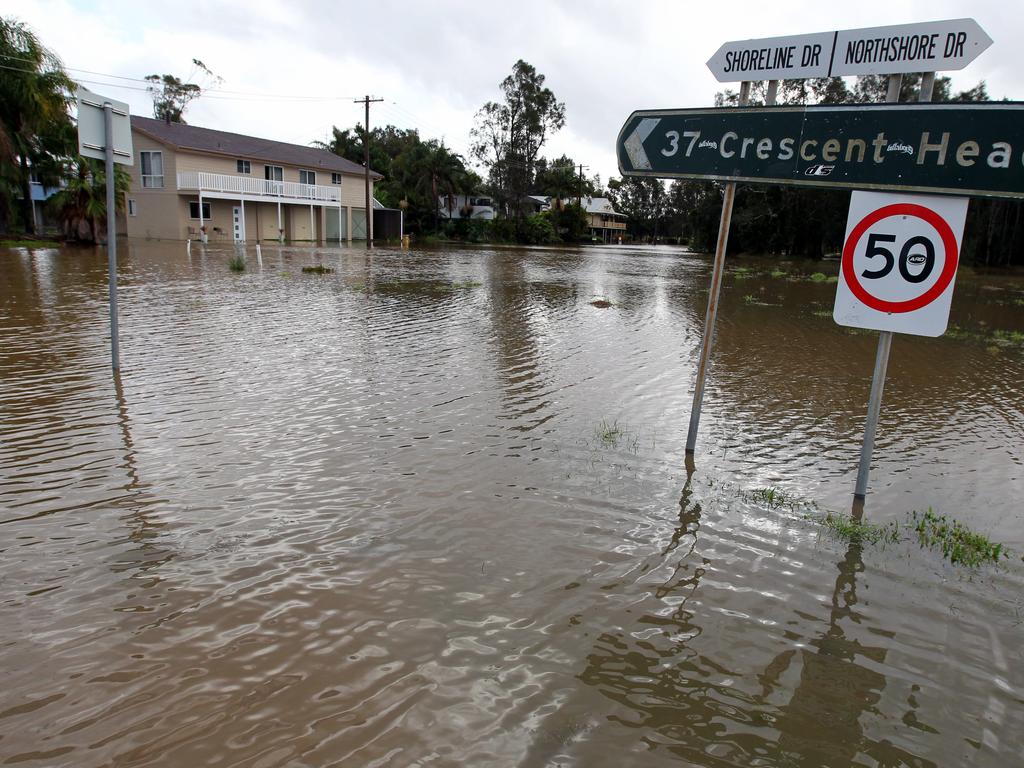
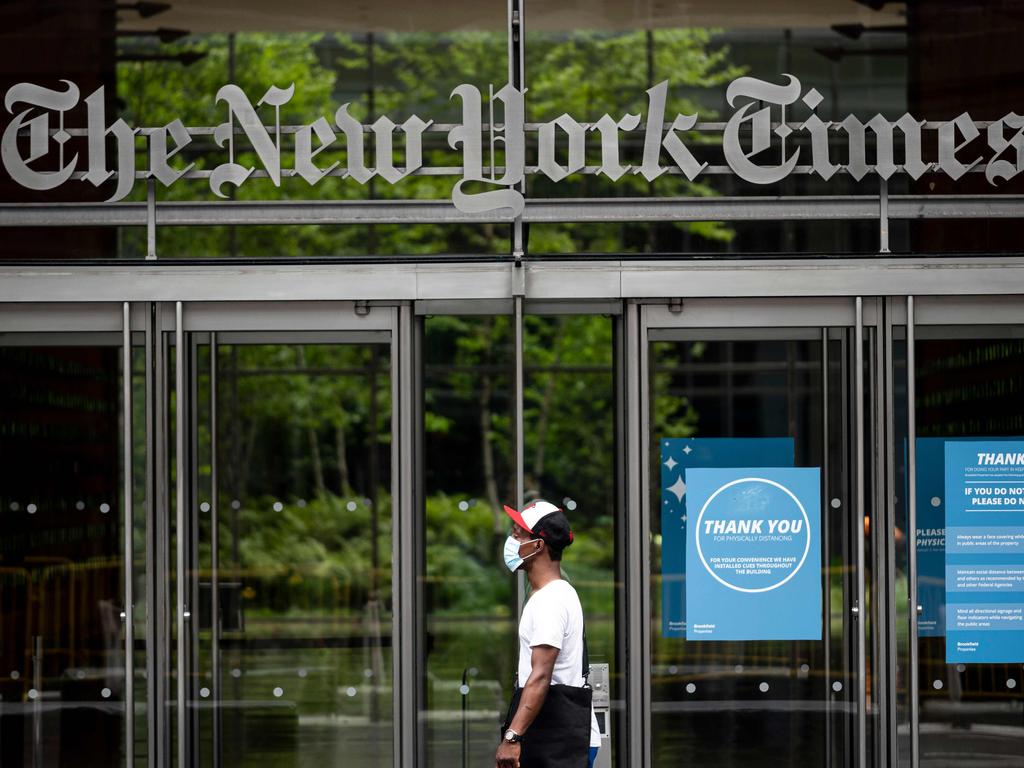

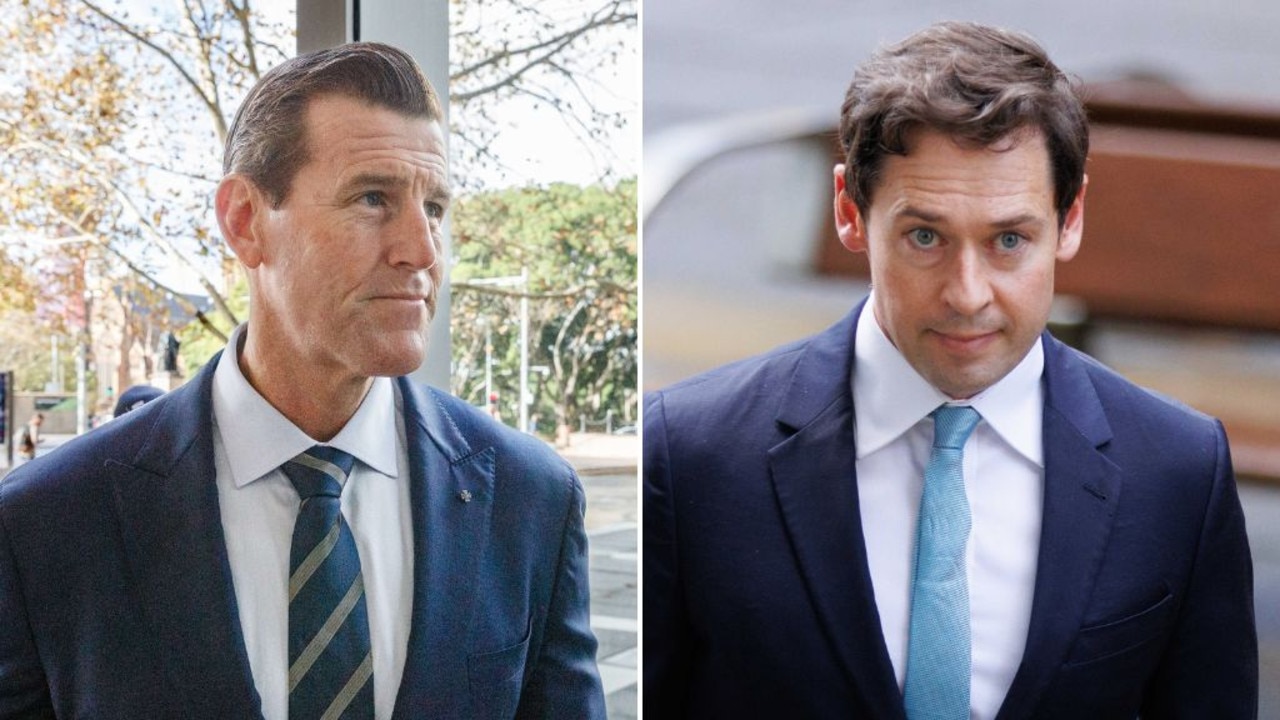
Sky News’ Outsiders program last Sunday week played a video that shows clever comedy can make complex points about prickly subjects more effectively than long-winded arguments.